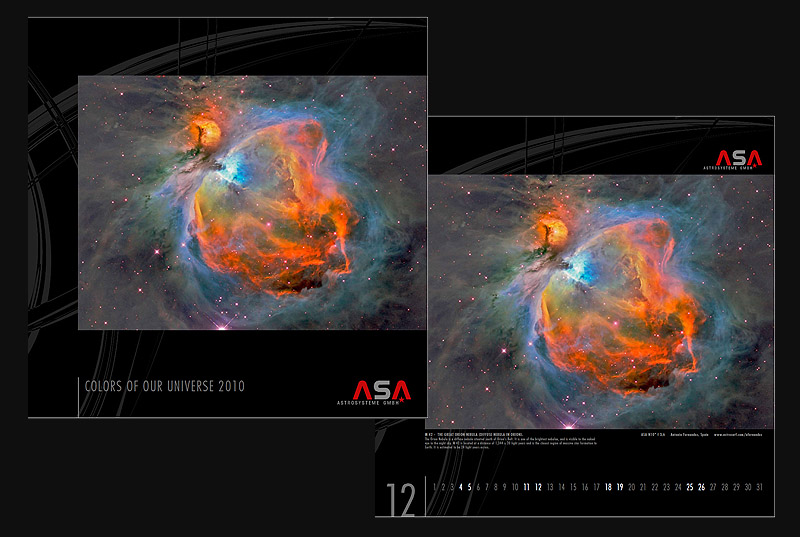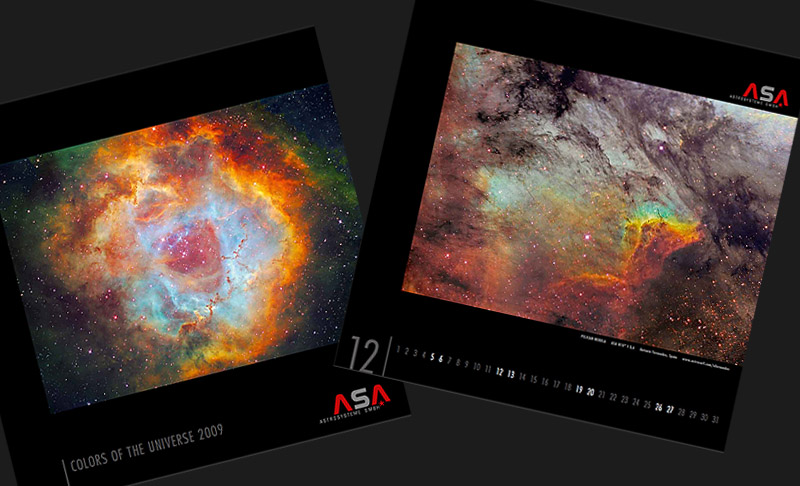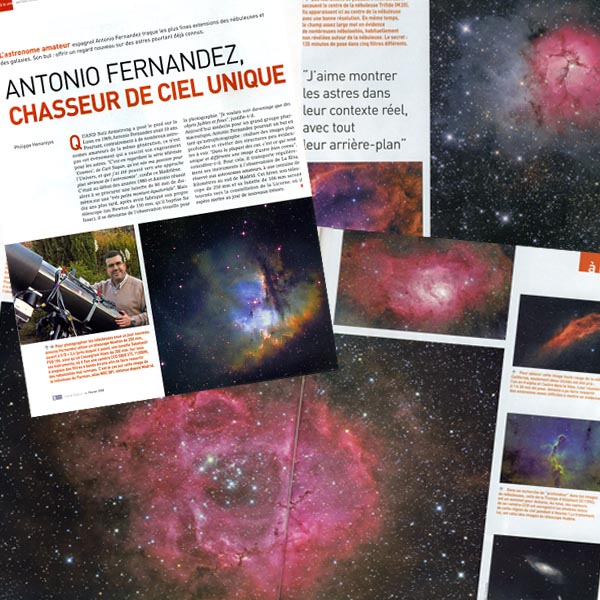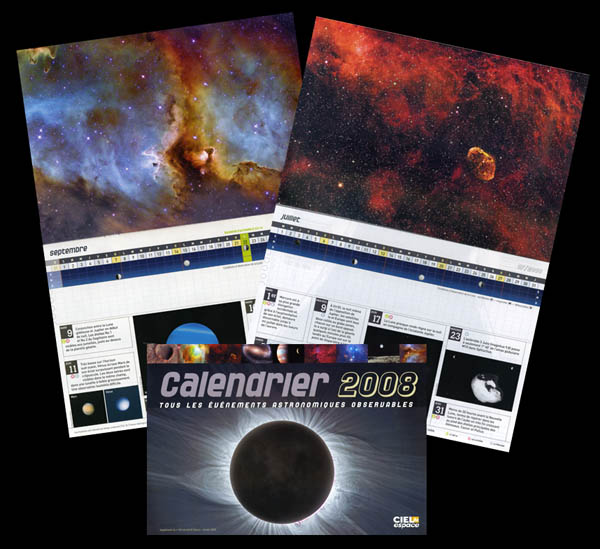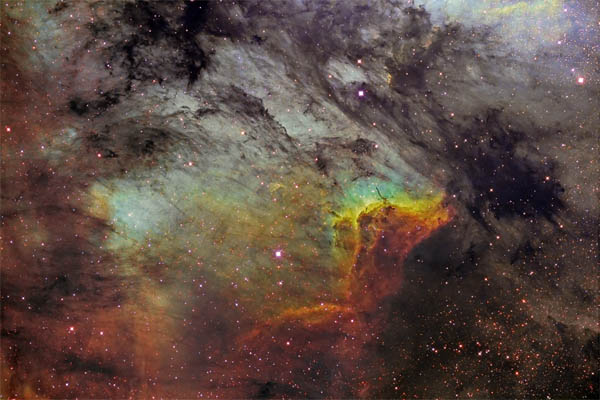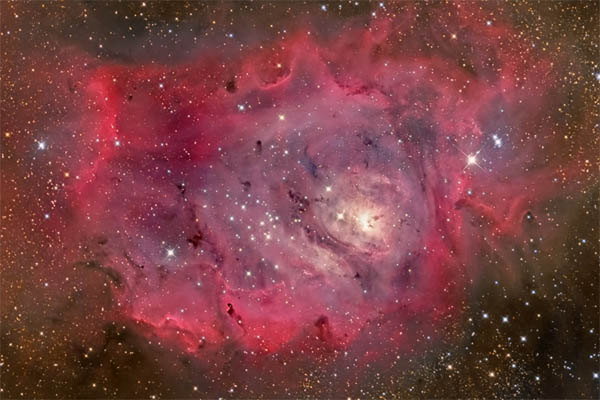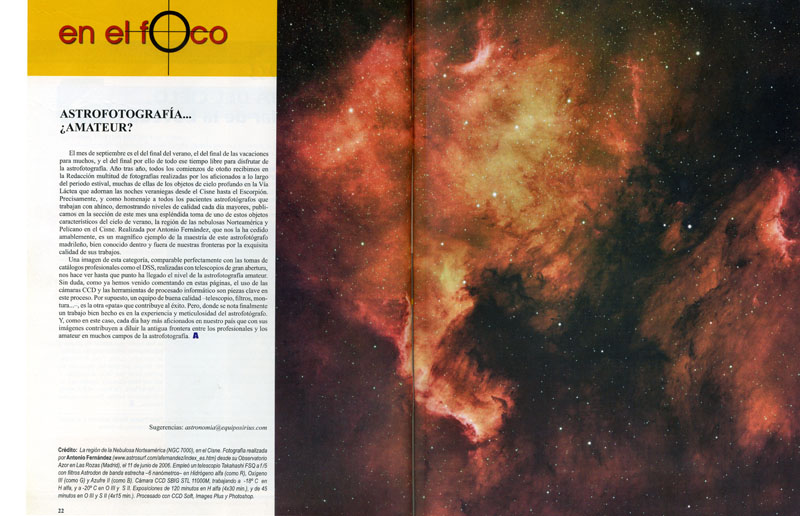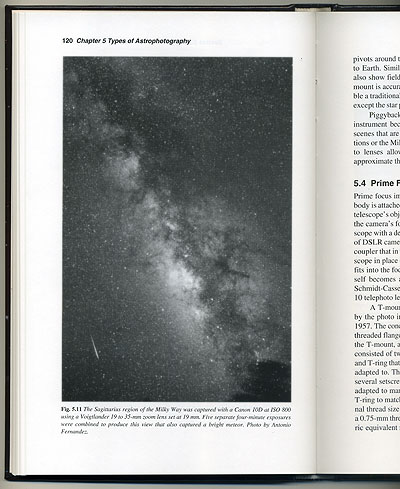 |
|||||
| home | new photographs | gallery | equipment | resources | about me |

About Me I am a physician
currently living with my wife, two children and our Labrador retriever
in Las Rozas, Madrid where we relocated in 2002 after a three years
living in the U.S. My interest for astronomy, space exploration and radio -I am a licensed amateur radio operator, EA4LE and KC2HAX- dates back to my early childhood but the spark that definitely ignited my curiosity and passion for astronomy was watching Carl Sagan's Cosmos TV series during my late teenage years. In the early
nineties I learn of amateur astronomers doing deep sky imaging with a
new breed of CCD digital cameras. As my previous attempts to image with
film had been so disappointing, I started toying around with the idea
of making one of these very sensitive digital cameras. The solution
came with the publication of The CCD Camera Cookbook
by Berry, Kanto and Munger. My home brew Cookbook camera saw its first
light in the summer of 1998 and for the first time I had digitally
imaged Jupiter and the four Galilean satellites. From there I went to
successfully modify webcams for long exposure and later I had a lot of
fun with the Canon digital SLR cameras. In 2005 I went back to cooled
CCD imagers with a
marvelous piece of equipment, a SBIG STL11000M camera. I have other
cooled cameras but the STL 11K continues to be the workhorse at the
home observatory. Living in the suburbs of a big city means light pollution. That's why I only do narrow-band emission-line imaging from my backyard observatory, for wide-band imaging I drive to La Hita observatory, a remote location shared with other fellow amateur astronomers. Some of my
deepsky photographs have been published (see below) in astronomy magazines like Ciel
et Space, France, Le Stelle, Rivista di Cultura
Astronomica, Italy, Astronomia, Spain and Espacio,
Spain. My photographs are also featured in Robert Reeves book Introduction
to Digital Astrophotography,
Willmann-Bell Inc., 2005, and calendars as the 2010 Year in Space
Calendar and the ASA Color of the Universe calendars (2009 and 2010).
Three of my deep sky CCD Images have become NASA's Astronomy
Picture of the Day (APOD) on 2007 July 16
, 2007
October 19 and 2008 October 18
. I hope you enjoy the visit to this site. You are welcome to e-mail me at antonio(at)afernandez.net (just replace '(at)' with @ ). Clear skies! antonio Published Images and Other Recognitions Four
of Antonio Fernandez emission-line images are featured in the 2010 edition of the
award-winning calendar The Year in Space 2010. The Year in Space
Calendar features top-notch images from institutions like NASA, JPL,
ESA, Space Telescope Science Institute and world-class
astrophotographers. The calendar also offers a wealth of information on
the past, present and future of space exploration and astronomical
discovery.
ASA
Colors of Our Universe 2010 Calendar.
Hands-On
Universe, HOU España, 2009

The
tricolor emission-line image of CTB1 supernova remnant
in Cassiopeia became Image of the Month ( L'Image du Mois) in the December 2008 issue
of French astronomy journal Ciel & Space
Sharpless
171 in Cepheus. 2008
October 18
"Antonio Fernandez, Chasseur de Ciel Unique" by Philippe Henarejos, Ciel & Space, February 2008
Images of IC1848 (September) and NGC6888 (July) featured in Ciel & Space 2008 Calendar
M42 The Great Orion Nebula. AAS Astrophotographer's Meeting Suplement, December 2007
IC5067 in The Pelican Nebula. 2007 October 19 APOD
Explanation: The prominent ridge of emission featured in this dramatic
skyscape is cataloged as IC 5067. Part of a larger emission nebula with
a distinctive shape, popularly called The Pelican Nebula, the ridge
spans about 10 light-years following the curve of the cosmic pelican's
head and neck. This false color view also translates the pervasive glow
of narrow emission lines from atoms in the nebula to a color palette
made popular in Hubble Space Telescope images of star forming regions.
Fantastic, dark shapes inhabiting the 1/2 degree wide field are clouds
of cool gas and dust sculpted by the winds and radiation from hot,
massive stars. Close-ups of some of the sculpted clouds show clear
signs of newly forming stars. The Pelican Nebula, itself cataloged as
IC 5070, is about 2,000 light-years away. To find it, look northeast of
bright star Deneb in the high flying constellation Cygnus
The
Lagoon Nebula in Gas, Dust and Stars. 2007 July 16
A wide field emission-line image of The North America and Pelican Nebulae together with an editorial comment were published in "En el Foco" (At Focus) section of the Spanish journal Astronomia on September 2006
The Centre of the Galaxy Le Stelle, Rivista di Cultura Astronomica, Italy,
June 2004
The Summer Milky Way Robert
Reeves, Introduction to Digital Astrophotography, Willmann-Bell
Inc.,USA, 2005
The Leo Triplet of Galaxies Robert
Reeves, Introduction to Digital Astrophotography, Willmann-Bell
Inc.,USA, 2005 Most Popular Image in this Website 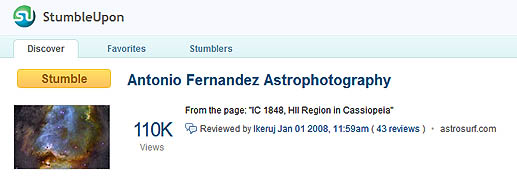 "IC1848 HII Region in Cassiopeia" released in November 2007. More tham 110000 views as of December 2009!
|
|||||
|
Viewing this WEBSITE in FULLSCREEN MODE is recomended: PC users press F11, Mac users press Command+B All Contents copyright © 1983 - 2009 Antonio Fernández unless otherwise noted.
|
|||||

